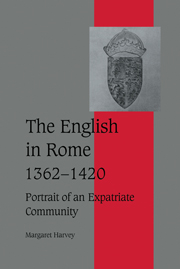Regional identity in medieval Durham depended crucially on St Cuthbert. The property and privileges of the diocese were presented as possessions of an originally Celtic community which had carried the miraculously incorrupt body of the saint from Lindisfarne to a final home in Durham. Tradition added other holy abbots, bishops and kings, remembered as obedient to the Roman tradition after the Synod of Whitby in 664. The Durham story included the expulsion at the Conquest of married guardians of Cuthbert in favour of proper monks, a change corroborated by miracle stories and holy lives, such as that of Godric in the dependent cell of Finchale. Increasing possessions were given to the saint; miracle stories showed him punishing violators of his shrine. Relics, including the head of King Oswald and remains of Bede, linked the priory with these traditions. These ideas had penetrated the local identity; the notion of the Haliwerfolc, the community of the liberty of St Cuthbert, the lands belonging to the saint, remained strong in the late Middle Ages for people ‘between Tyne and Tees’. Nonetheless, in the 1570s Christopher Watson attempted a history which denigrated Cuthbert’s life and miracles and those of other Durham saints.

